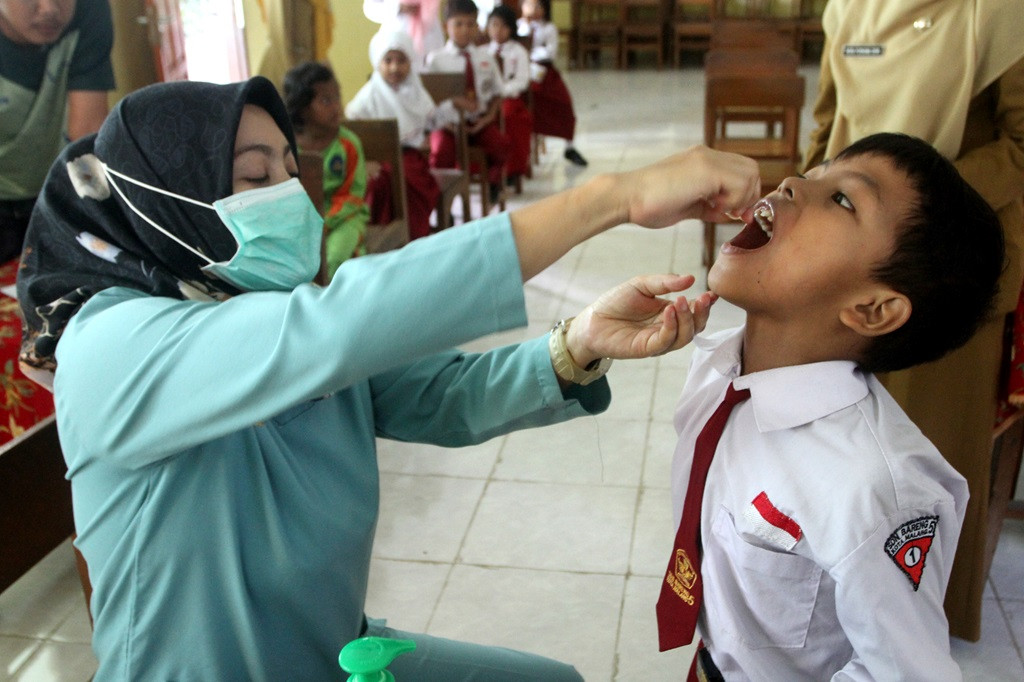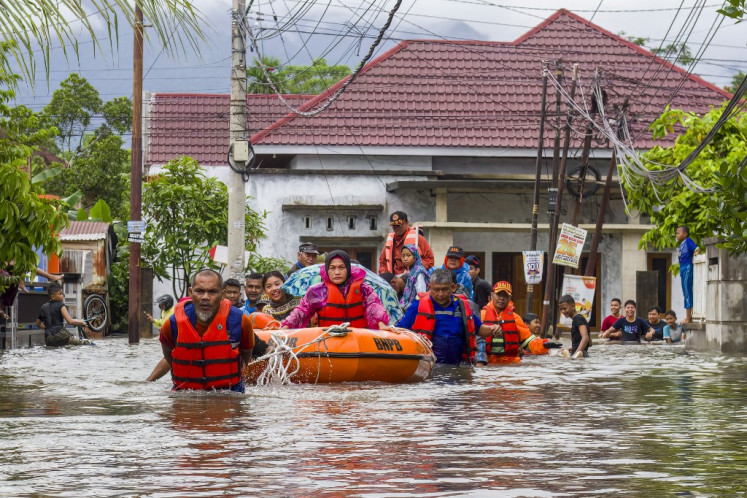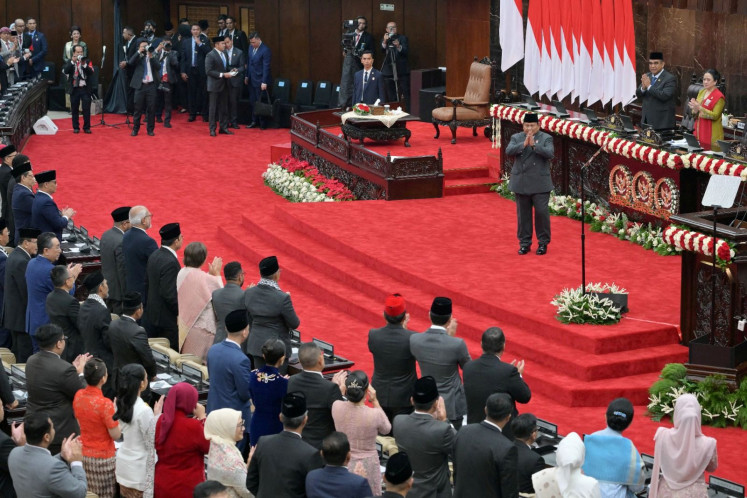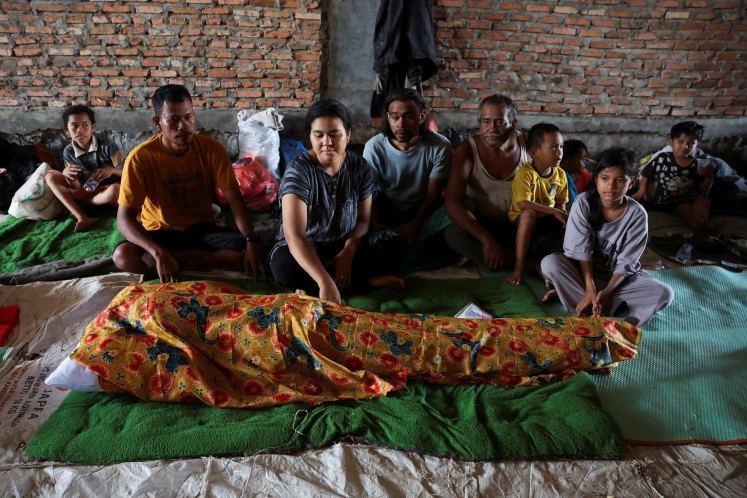Popular Reads
Top Results
Can't find what you're looking for?
View all search resultsPopular Reads
Top Results
Can't find what you're looking for?
View all search resultsThe high cost of cutting vaccine funding
Rather than cutting vaccine funding, governments should be looking at increasing funds to provide vaccines to the world's most vulnerable children, saving half a million lives and delivering millions in additional social benefits each year.
Change text size
Gift Premium Articles
to Anyone
V
accines are a vital tool that saves millions of lives every year. Concerningly, the United States government wants to cut funding for a key organization that saves lives around the world through immunization, and amid vaccine safety debates, the world is seeing rising measles cases.
The politics of the COVID-19 pandemic saw growing rejection of vaccines, and that shift has contributed to the Trump administration’s announcement to cut funding to Gavi, the Vaccine Alliance, which is estimated to have saved the lives of 17 million children over the last 25 years.
The loss of US support would mean that 75 million children will miss their routine vaccinations in the next five years and more than 1.2 million children could die as a result, according to the organization.
The vast number of children dying from infectious diseases today live in poorer countries, but we forget that less than two centuries ago, even rich countries lived in an era of pestilence.
We need to bring everyone together on uncontroversial, lifesaving childhood vaccines, like those for mumps and measles. Not only do governments need to maintain current spending, but they also need to increase it. Doing so offers an opportunity to drive huge advances in global development for a very small investment, something that should be attractive to everyone regardless of their politics.
Vaccines are one of the most amazing achievements of humanity. They have saved more lives than any other medical invention and provide population-level control of diseases that once caused untold misery. Vaccines have even managed to completely erase one of humanity’s most deadly diseases, smallpox, after it killed indiscriminately for millennia.
Just in the 20th century, smallpox likely killed 300-500 million people before it was finally eradicated in 1977, thanks to a vaccine. If that vaccine didn’t exist, this one disease might still kill some 5 million people each year.
It is estimated that globally, immunization efforts have saved 154 million lives in half a century, or six lives for every minute each year. The vast majority, 101 million, were infants.
Investing in vaccines, of course, prevents infectious disease deaths. But by stopping diseases like polio, measles and tetanus, we also reduce the pressure on the healthcare systems in poorer countries, making it possible for them to better help heart and cancer patients. Moreover, since infectious diseases know no borders, there is less strain on healthcare systems across the world. This minimizes economic disruptions and fosters a more secure global environment.
Researchers for Copenhagen Consensus have documented the costs and benefits of maintaining and increasing global investment in vaccinations in a study published by Cambridge University Press. If the world continues its current level of spending, we will save around 3.8 million lives every year from avoidable diseases between now and 2030. Each dollar will deliver an absolutely astounding US$286 in social benefits from saving lives and avoiding disease.
Moreover, the study also shows that increasing vaccination coverage, even if more expensive, will still be an incredible deal. Over the next eight years, we could save an additional 4.1 million lives, or around 500,000 lives each year.
The costs would go up as governments expand vaccination campaigns to harder-to-reach places and families. It might be necessary for more countries to copy the example of India, which uses food incentives to ensure greater coverage. Yet the additional total direct global cost would still be a relatively modest $1.5 billion a year, along with around $200 million in extra time, taken mostly by mothers who have to go to clinics.
Half a million lives saved each year make this an incredible opportunity. Using standard economic evaluations across time, and considering that avoided impacts closer to now are more important to us, the benefit is worth around $170 billion annually.
In economic terms, each dollar spent will generate $101 in social benefits to the world. Achieving a 100-to-1 value for money is a phenomenal return on any policy.
Saving the lives of 3.8 million children each year with safe, basic vaccinations is an astounding deal, and saving half a million more children each year with even higher vaccination coverage is also an incredible opportunity. We should embrace both and ensure that all children are given lifelong prevention against killer diseases.
***
The writer is president of the Copenhagen Consensus, a visiting fellow at the Hoover Institution at Stanford University and the author of Best Things First (2023).











